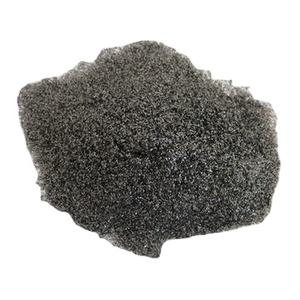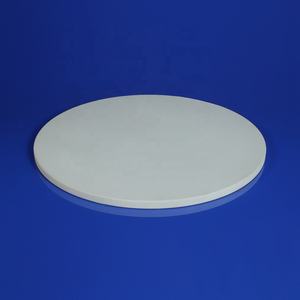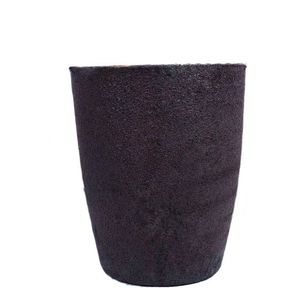A new type of polyurethane chemical foaming agent, a green and environmentally friendly foaming agent with huge market potential, is changing the production mode of the traditional polyurethane industry. This new type of foaming agent is based on chlorine-free fluorine elements, eliminating the use of chlorofluorocarbons and opening up a new path for industrial development.
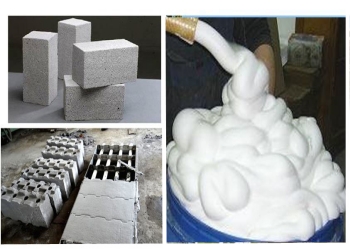
The development of this innovative achievement lasted for 13 years and was independently completed by a research team led by Professor Bi Yusui from Shandong University of Technology. This achievement has obtained a new substance registration number from the American Chemical Society and has been recognized by an international expert group as a disruptive invention. Compared with traditional physical foaming agents, new polyurethane chemical foaming agents have significant advantages in safety, green, and environmental protection.
On a global scale, the polyurethane foam material industry has always relied on physical foaming agent technology. Although developed countries have developed fourth-generation products, they still need to be able to solve the problems of ozone depletion and the greenhouse effect. In recent years, countries around the world have been searching for alternatives that do not contain chlorine and fluorine elements to meet increasingly stringent environmental requirements.
Since the introduction of polyurethane 80 years ago, Europe and America have successively developed four generations of physical foaming agents for polyurethane. However, the environmental performance of these products could be better, and the production cost is also high. The global warming potential index (GWP) of the third and fourth-generation foaming agents is still high, and halogenation reactions cannot be avoided during the production process. According to the Montreal Protocol, the use of chlorofluorocarbons will be banned entirely worldwide by 2030.
Professor Bi Yusui has been working on the development of new foaming agents since 2003, with an obvious goal: to develop chlorine-free fluoro polyurethane chemical foaming agents and eliminate chlorofluorocarbons. After review by the expert group of the State Intellectual Property Administration and confirmation through domestic and foreign searches, this achievement has been recognized as a disruptive invention, finding a new way out for industrial development.
As an alternative product to chlorofluorocarbon-based physical foaming agents, the new polyurethane chemical foaming agent will end the foaming agent technology that Europe and America have monopolized for more than 80 years. The application of this achievement will have a significant impact on the polyurethane foam material industry, eliminating chlorofluorocarbons and hydrofluorocarbons, protecting the ozone layer, and reducing carbon emissions. Promoting the application of this foaming agent globally will consolidate billions of tons of equivalent carbon dioxide emissions, which has significant environmental, political, and social benefits. This innovation has not only made significant contributions to China’s early completion of the greenhouse gas emission reduction task promised to the international community but also demonstrated China’s leading position and innovative ability in the field of environmental protection technology.
The Application of Cement Foaming Agent
Building thermal insulation and energy conservation: foam concrete is widely used as the thermal insulation layer of buildings because of its excellent thermal insulation performance. Especially in harsh and cold regions, insulation materials for exterior walls or roofs can effectively reduce the energy consumption of buildings and achieve the effect of energy conservation.
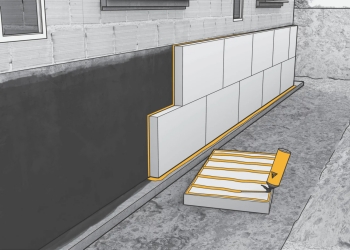
Sound insulation material: because of the porous structure of foam concrete, it can effectively absorb and disperse sound. It is often used as the material of sturdy insulation walls or floors to provide a quiet and comfortable environment for buildings.
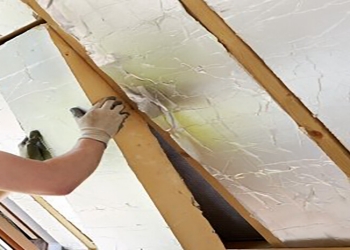
Filling and leveling: foam concrete is often used as a filling material for buildings because of its lightweight and easy construction characteristics. For example, they fill gaps or holes in structures such as beams, columns, and walls of buildings, as well as leveling the ground.
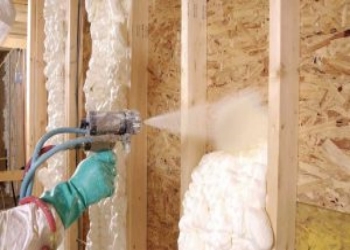
Lightweight structural material: due to the light characteristics of foam concrete, it can be used as a lightweight structural material. For example, in large-scale projects such as bridges and high-rise buildings, traditional heavy Concrete can be replaced to reduce the weight of the structure and improve seismic performance.
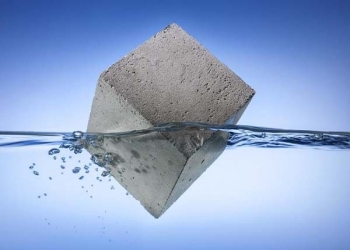
Production of prefabricated components: foam concrete can also be used for the production of prefabricated parts, such as prefabricated wall panels, prefabricated stairs, etc. These components are produced in the factory with stable quality and improved construction efficiency.
Special engineering applications: In some special engineering applications, such as marine engineering, nuclear power plants, etc., foam concrete is selected because of its good durability and anti-corrosion performance.
Supplier
TRUNNANO(car-concrete.com) supplies defoaming agents in Concrete, which is concrete and relative products with over 12 years of experience in nano-building energy conservation and nanotechnology development.
It accepts payment via Credit Card, T/T, West Union, and Paypal. Trunnano will ship the goods to customers overseas through FedEx, DHL, by air, or by sea. If you are looking for a high-quality foaming agent, please feel free to contact us and send an inquiry. (sales@cabr-concrete.com).
